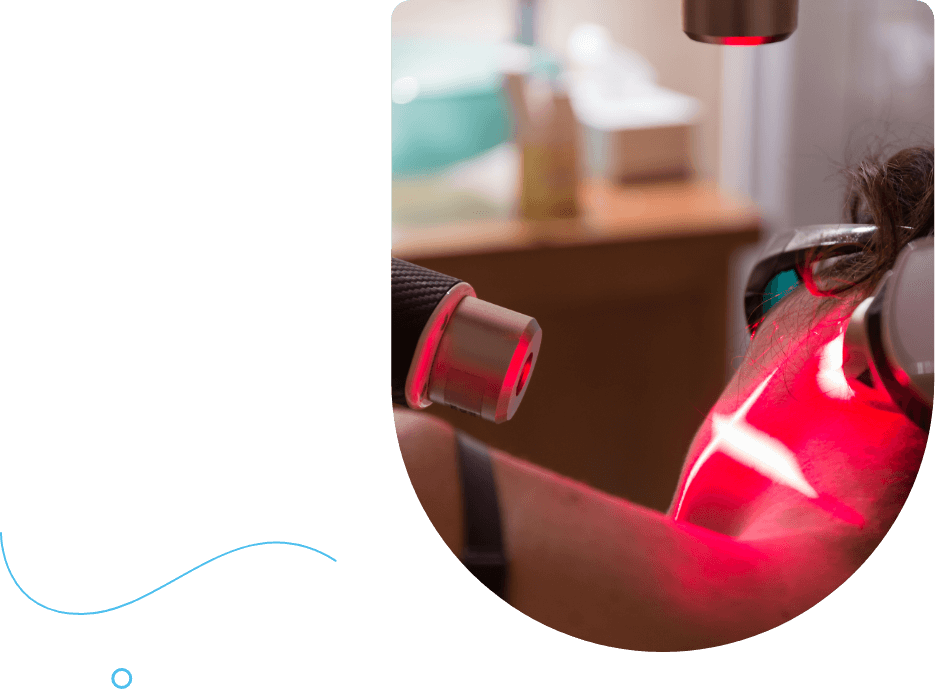

TMJ treatment
Patients experiencing facial and chewing muscles stiffness, tension headaches, sore jaw and teeth could be suffering from bruxism. Bruxism is a term for teeth clenching and grinding during sleep or throughout the day. This can cause damage to patients’ teeth and can lead to chronic pain. Bruxism can be associated with misaligned teeth, stress and anxiety, TMJ disorders or sleep obstructed breathing or obstructive sleep apnoea.
At Citydoc Dental we investigate the cause of your bruxism and work with you closely on how to best manage the habit. Occlusal splint therapy is one of the treatments used to manage clenching and grinding. It helps prevent teeth damage and alleviate jaw and muscle pain.
Nitrous oxide
conscious sedation
Help manage stress, anxiety and have a calm and relaxed dental visit. The combination of inhaled nitrous oxide and oxygen is a safe and effective means of managing pain and anxiety in dentistry, when used appropriately. Nitrous oxide has the fastest onset among inhalation agents and is transported in blood as free gas; it does not combine with hemoglobin, and it does not undergo biotransformation. Systemic elimination occurs with pulmonary exhalation; its low solubility allows nitrous oxide to be removed rapidly from the body.
Nitrous oxide is a colorless, odorless to sweet-smelling inorganic gas that was first used in surgical and dental anesthesia in the mid-1800s. Referred to as “conscious sedation,” “relative analgesia,” or “nitrous oxide-oxygen sedation,” inhaled nitrous oxide-oxygen is the most used gaseous anesthetic in the world.
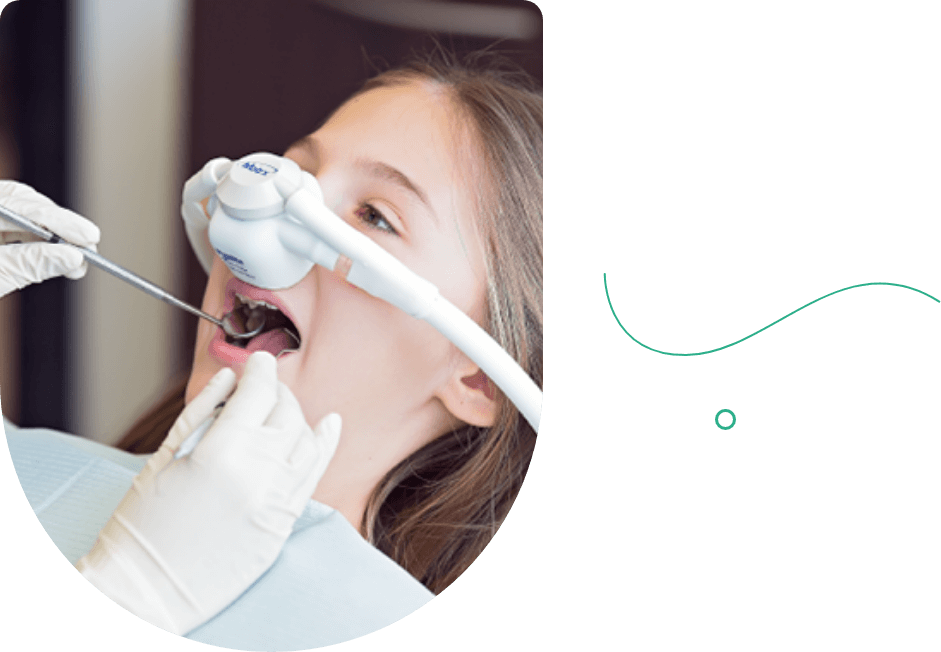

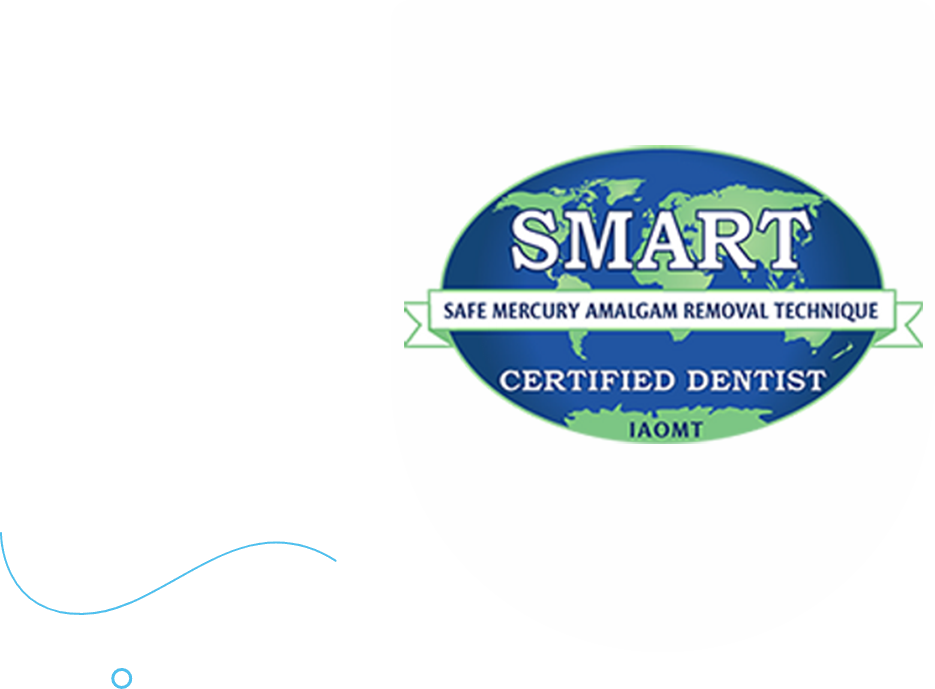

SMART Safe Mercury Amalgam Removal Technique
All dental amalgam restorations contain approximately 50% mercury, and reports and research are consistent that these fillings emit mercury vapors. Scientific research demonstrates that dental mercury amalgam exposes dental professionals, dental staff, dental patients, and/or fetuses to release mercury vapor, mercury-containing particulate, and/or other forms of mercury contamination.
SMART has been developed with extensive safety recommendations for removal of existing dental mercury amalgam fillings, including detailed protective measures that are to be utilized for the procedure. The IAOMT’s recommendations build upon traditional safe amalgam removal techniques such as the use of masks, water irrigation, and high-volume suction by supplementing these conventional strategies with a number of additional protective measures, the need for which have only recently been identified in scientific research.
Laser assisted dentistry
Lasers are used to reshape gums and remove bacteria during root canal procedures. Biopsy or lesion removal. Lasers can be used to remove a small piece of tissue (called a biopsy) so that it can be examined for cancer. Lasers are also used to remove lesions in the mouth and relieve the pain of canker sores. Lasers can promote healing and reduce pain and swelling through biostimulation or photobiomodulation. Lower exposure parameters (2-4 Joules per cm2) are used for biostimulation, and higher exposure parameters (10-12 Joules per cm2) for analgesia and desensitisation procedures.
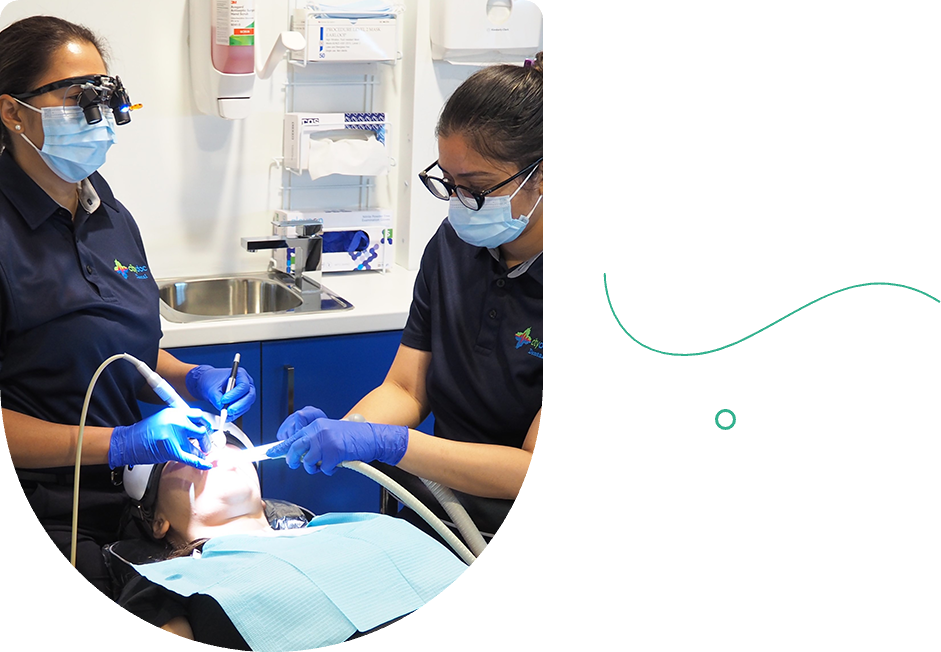

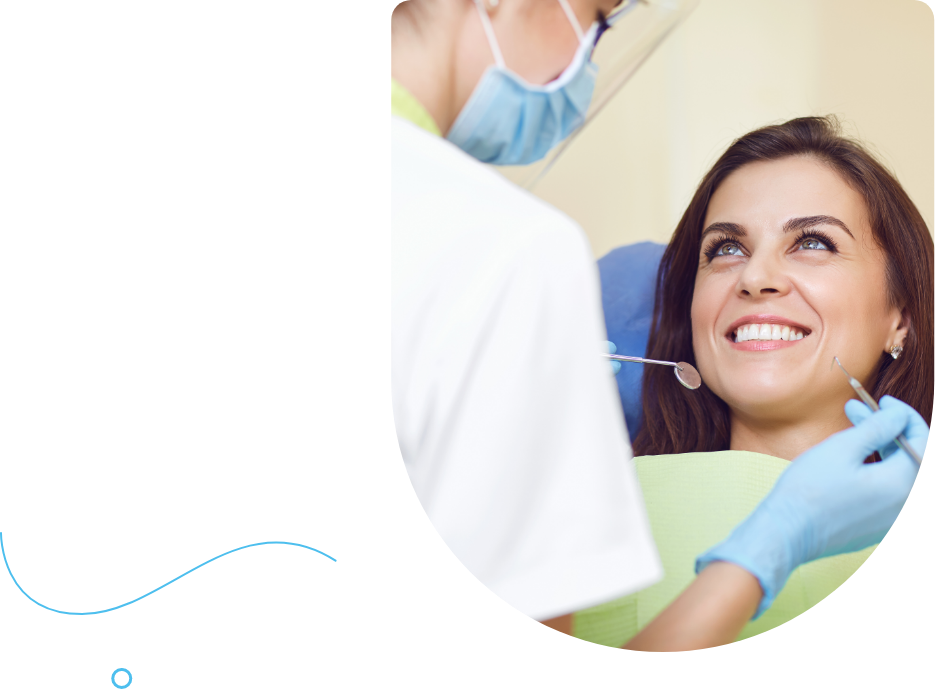

What are the benefits of laser dentistry?







A faster healing time.







Less post-surgical bleeding.







Less pain.







Anesthesia may not be necessary.







Lasers are sterile, which means there is less chance for an infection.







Lasers are extremely precise, so less healthy tissue has to be removed.
Are you suffering from severe tooth pain?
or call us on


